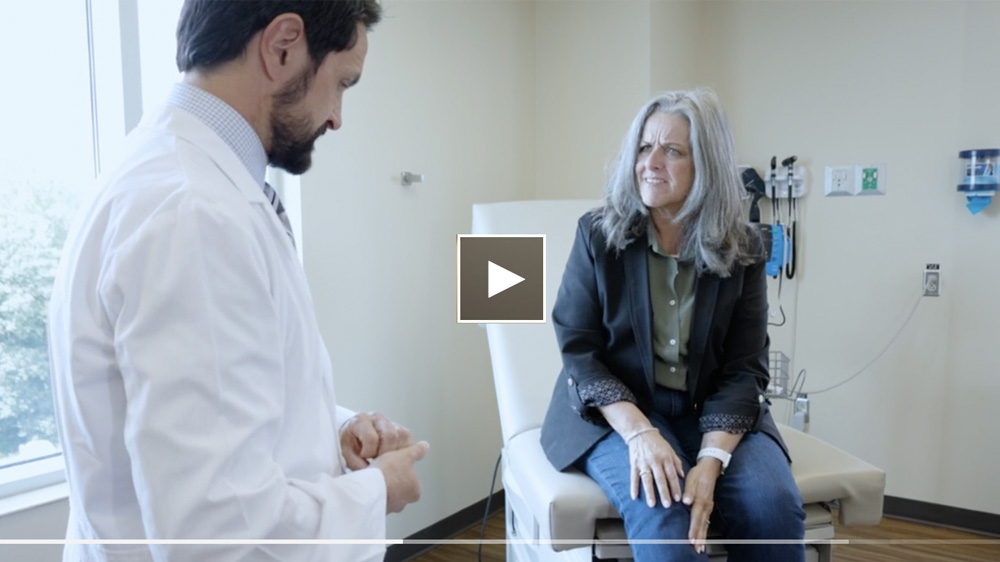About Deep Vein Thrombosis (DVT)
Deep vein thrombosis is a potentially life-threatening medical condition and the leading cause of pulmonary embolism. DVT occurs when a blood clot develops in one or more of the body's major deep veins, usually in the legs or pelvis, which can obstruct the flow of blood. This can result in significant discomfort and may lead to serious health complications such as pulmonary embolism*, where the blood clot travels to the lungs, or post-thrombotic syndrome (PTS), a common complication associated with prolonged illness and chronic symptoms. Risk factors for DVT include obesity, prolonged sitting, restricted mobility, pregnancy, and a predisposition to clotting. Fortunately, with the latest advances in technology, the blood clot can often be treated with a minimally invasive technique under imaging guidance, using a catheter to safely remove the blood clot and reduce the risk of further complications.
Symptoms
Symptoms of DVT may include:
- Swelling in the affected leg, often in the calf or thigh
- Pain or tenderness in the affected area, which may feel like a cramp or soreness
- Warmth or redness in the affected area
- Skin discoloration (turning blue or red)
- Veins that appear swollen or bulging
- A feeling of heaviness or fatigue in the affected leg
If you develop sudden onset of swelling, shortness of breath, rapid heart rate, or chest pain, it could be a sign of a pulmonary embolism, which is a life-threatening condition that requires immediate attention. Call 911 immediately.
Diagnosis
Doctors typically diagnose DVT based on a person's medical history, risk factors, and a physical examination. If there is any suspicion of DVT or pulmonary embolism, the doctor may use ultrasound to visualize the blood flowing inside the veins, and/or CT or MRI to check for blood clots elsewhere in the body.
DVT Treatments
Anticoagulants (blood thinner medications) are the standard treatment for DVT. They help to reduce blood clots from forming, but they do not dissolve existing blood clots.
Interventional radiologists at ARA Health offer minimally invasive treatment options to dissolve and/or remove blood clots, thereby relieving symptoms and minimizing the risk of pulmonary embolism and post-thrombotic syndrome.
Thrombectomy
Thrombectomy is a minimally invasive, single-session procedure where special catheters are used to remove blood clots in an artery or vein to restore blood flow in the vessel.
Catheter Thrombolysis
A powerful clot dissolving medication is injected through special catheters directly into the blood clot.
IVC Filter Placement and Removal
An IVC filter is a medical device used to prevent blood clots from traveling to the heart and lungs. It is inserted through a small tube into the body's largest vein, the inferior vena cava (IVC), which carries blood from the legs back up to the heart. The filter's purpose is to catch blood clots that may break off from the veins in the legs. Once the filter is no longer needed, it can be removed through a small tube similar to the one used for placement.
You have questions. We have answers.
Below you'll find answers to some of the questions we are commonly asked by patients. Please contact us at (828) 670-8346 with any additional questions or concerns.


